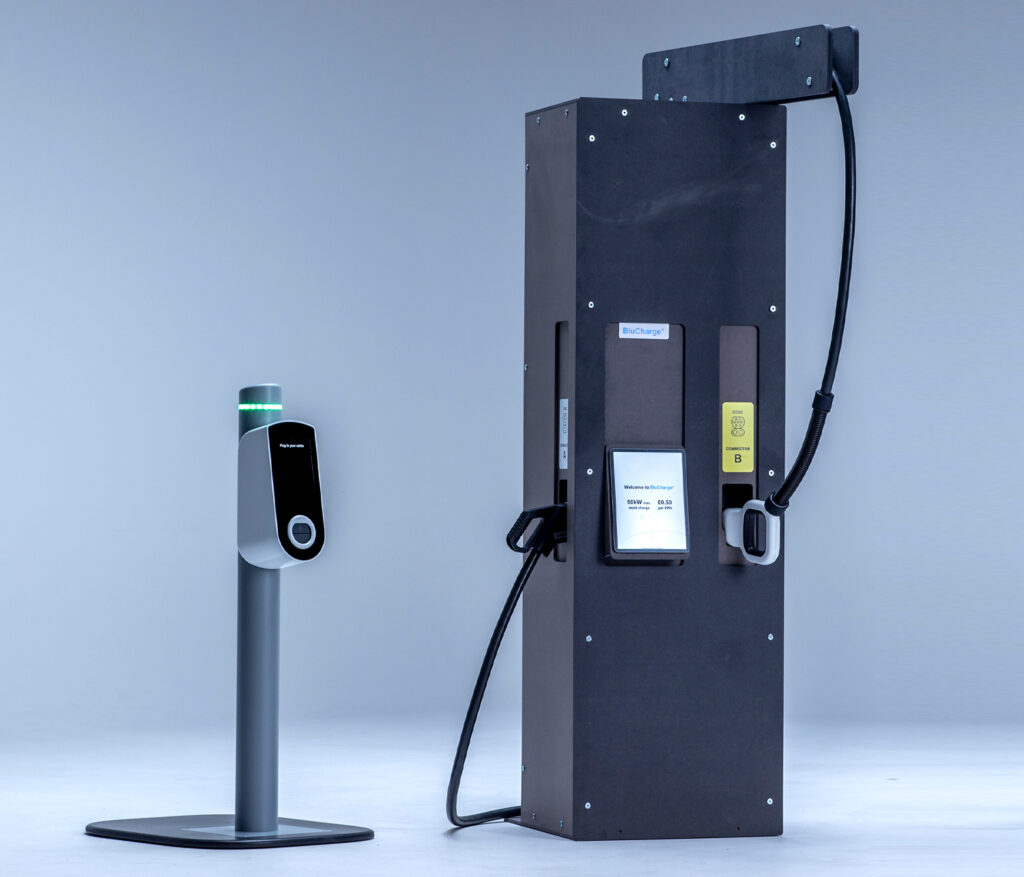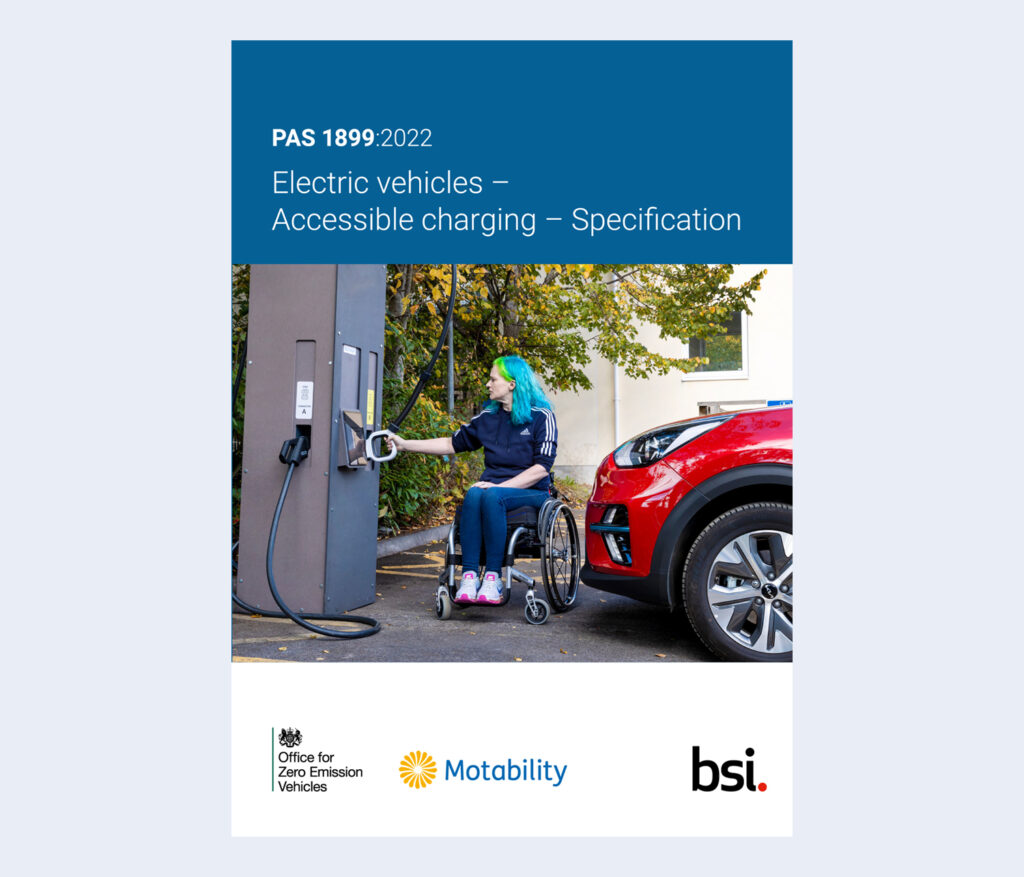
Our charging unit prototypes
Take a look at the prototype EV charging units that we built in response to our user engagement work

The new standard for accessible EV charging
Take a look at the requirements and recommendations set out in PAS 1899:2022 Electric vehicles – Accessible charging – Specification













